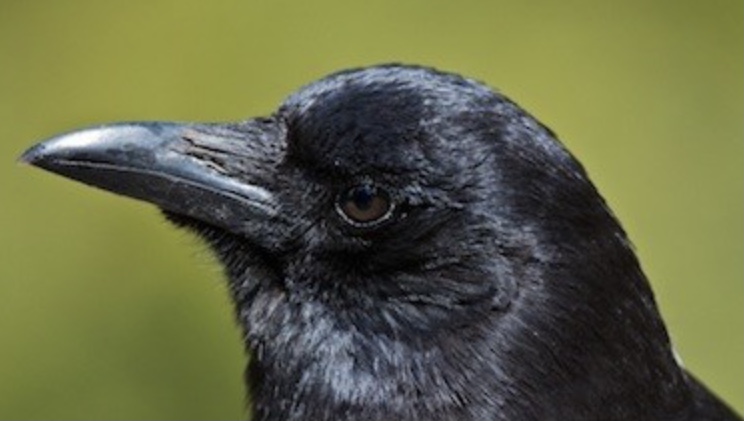dsutton24
Gold Member
- Joined
- Apr 9, 2018
- Messages
- 2,137
A pattern variation between manufacturers is one thing, but the name of a blade shape comes with a definition.
If it strays from the general parameters set by the definition then it should not be considered said blade shape.
They're called traditional knives for a reason and if we let changes creep in it could get out of hand.
I believe there are some very black and white parameters for blade shapes, it either is or it isn't a particular blade shape.
I just don't think we should accept that distorted creation the modern manufacturers call a sheeps foot being called a sheeps foot when it's not one, it undermines one of the most basic parameters which is the straight edge.
Things can be taken little by little till the next generation thinks a spyderco delica with a bolster is a Barlow.
Where are these parameters recorded, and what enforcement mechanism is there to deal with deviations? Who is the governing body? A bunch of collectors howling about The Way Things Ought To Be isn't going to make a difference.
To quote a very wise man, it just doesn't matter.


